Wild Columbine
- October 20, 2023
- 0 comment
Wild Columbine, scientifically known as Aquilegia canadensis, is a charming and delicate native perennial plant that graces the woodlands and meadows of North America with its vibrant, bell-shaped flowers. With a rich history and a unique appearance, the wild columbine is celebrated for its distinctive red and yellow blooms. These flowers feature spurred petals that resemble small crimson lanterns, contrasting beautifully with their bright yellow interiors.
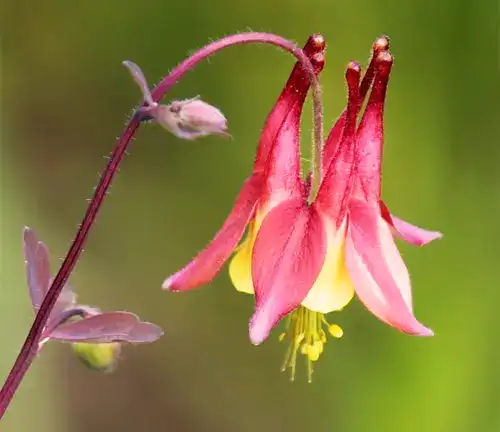
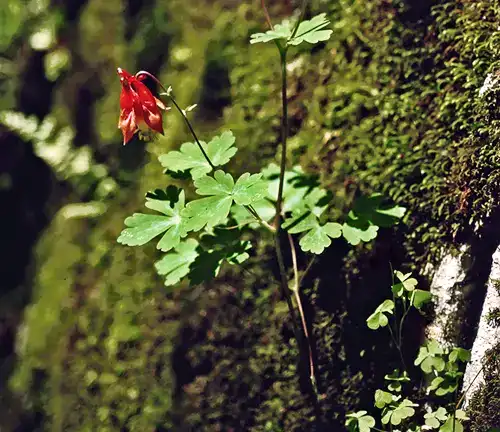
The finely divided, fern-like foliage adds to its allure. Beyond its aesthetic appeal, wild columbine serves as an essential pollinator plant, attracting hummingbirds and bees with its nectar-rich blossoms. This hardy and adaptable plant thrives in a variety of habitats, from shaded woodlands to sunny open spaces, making it a versatile addition to native gardens and natural landscapes.
Its capacity to self-sow and naturalize effortlessly contributes to its enduring popularity among garden enthusiasts, conservationists, and lovers of North American wildflowers.
| Characteristics | Description |
| Scientific Name | Aquilegia canadensis |
| Common Names | Wild Columbine, Eastern Red Columbine, Canadian Columbine |
| Family | Ranunculaceae |
| Plant Type | Perennial |
| Mature Height | 1 to 3 feet (30 to 90 cm) |
| Mature Spread | 1 to 1.5 feet (30 to 45 cm) |
| Bloom Time | Spring to early summer |
| Flower Color | Red with yellow centers |
| Flower Shape | Unique spurred petals |
| Foliage | Fern-like, finely divided |
| Sunlight Requirements | Partial shade to full sun |
| Soil Type | Well-drained, slightly acidic to neutral |
| Native Range | Eastern and central North America |
| Attracts | Hummingbirds, bees, and other pollinators |
| Special Features | Self-sowing and naturalizing |
| Drought Tolerance | Moderate |
| USDA Hardiness Zones | 3 to 8 |
| Uses | Native gardens, woodland gardens, natural landscapes, and pollinator gardens |
Botanical Beauty of “Wild Columbine”
In the enchanting realm of North American wildflowers, the Wild Columbine, scientifically known as Aquilegia canadensis, stands as a captivating gem. This perennial plant is celebrated for its striking appearance, with its bell-shaped, crimson and yellow blossoms resembling delicate lanterns swaying gracefully in the breeze. The beauty of Wild Columbine is more than skin deep, as its fern-like foliage adds to its allure, making it a visual delight for any nature enthusiast.

Woodland Elegance
While the Wild Columbine’s botanical beauty is awe-inspiring in its own right, its habitat preferences add another layer of charm. This elegant perennial is often found gracing woodlands and meadows throughout North America. It thrives in both shaded woodlands and sunny open spaces, creating a sense of natural grace wherever it grows. Its presence in woodland ecosystems brings an element of sophistication, as its unique, vibrant blooms light up the forest floor.
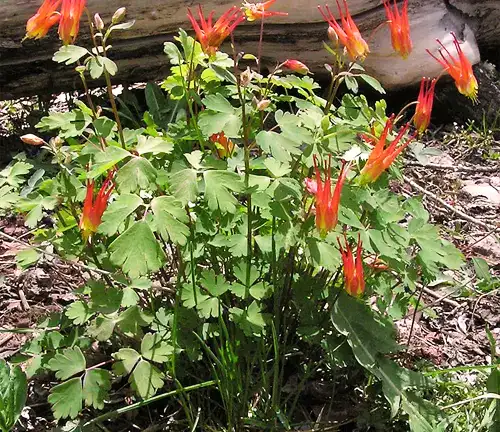
Ecological Importance
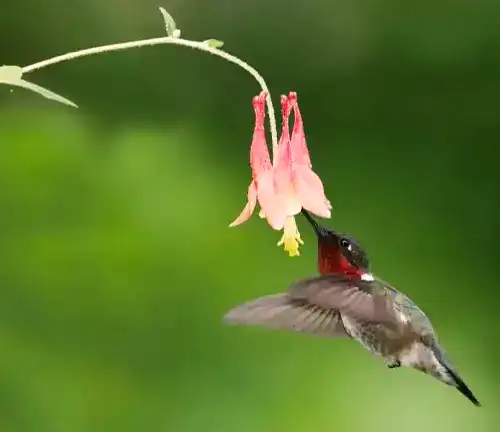

Beyond its aesthetic appeal, the Wild Columbine plays a vital role in the ecosystem. Its nectar-rich flowers are a magnet for pollinators, particularly hummingbirds and bees. By providing these creatures with a food source, the Wild Columbine contributes to the intricate web of life in its native habitat. This ecological importance highlights the significance of preserving and promoting native plants like the Wild Columbine to support biodiversity.
Cultivation and Conservation
For gardening enthusiasts, cultivating Wild Columbine can be a rewarding experience. This hardy and adaptable plant readily grows in a variety of conditions. Its ability to self-sow and naturalize makes it a favorite choice for native gardens and natural landscapes. However, as with many native species, the Wild Columbine faces threats from habitat loss and overcollection. Conservation efforts are crucial to ensure the continued beauty of this wildflower.
Fragrance
In addition to its visual appeal, the Wild Columbine offers a subtle, sweet fragrance. While not as overpowering as some garden blooms, its delicate scent adds a pleasant dimension to any garden or natural setting. This understated fragrance, combined with its striking appearance, creates a sensory experience that resonates with many admirers of native flora.
Soil Stabilization
Wild Columbine contributes to more than just visual beauty and fragrance. Its deep-rooted nature aids in soil stabilization, preventing erosion in various habitats. This characteristic makes it a valuable ally in restoring and maintaining the health of ecosystems where it is found.
Common Uses
Gardeners and horticulturists often incorporate Wild Columbine into their landscape designs, as it can add a touch of wild beauty to gardens, attracting pollinators and lending an air of natural elegance. This native perennial is a popular choice in woodland and pollinator gardens, helping create a harmonious and eco-friendly outdoor space.
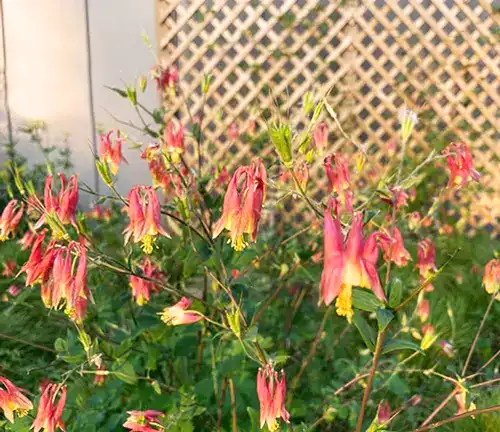
Benefits
The Wild Columbine offers numerous benefits to both the environment and those who cultivate it. Its attractiveness to pollinators supports local ecosystems, while its low maintenance and adaptability make it an excellent choice for gardeners. Moreover, its soil-stabilizing properties help maintain healthy habitats. By choosing Wild Columbine, you not only enhance the beauty of your surroundings but also play a role in preserving the ecological balance of your local environment.
Different Species
Eastern Red Columbine
(Aquilegia canadensis)
This is one of the most well-known species, recognized for its brilliant red and yellow flowers. It’s native to the eastern and central parts of North America and is a favorite among gardeners for its vibrant appearance.
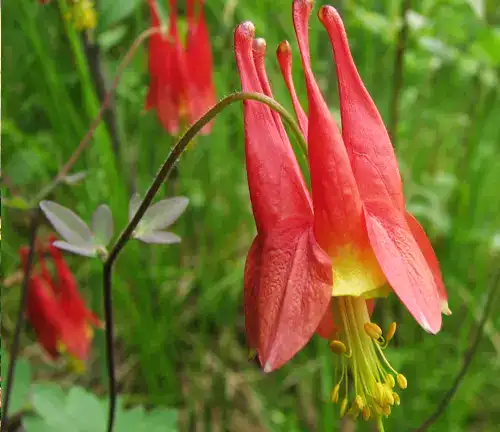
Western Red Columbine
(Aquilegia elegantula)
As the name suggests, this species is found in the western United States and is known for its stunning red and yellow blossoms. It’s a close relative of the Eastern Red Columbine.
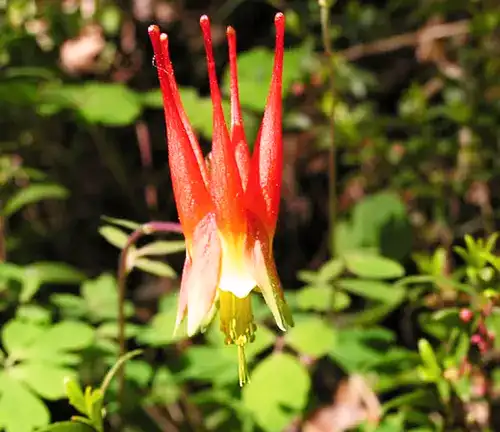
Crimson Columbine
(Aquilegia formosa)
Native to the western United States, the Crimson Columbine boasts deep red or scarlet flowers. It’s a favorite among hummingbirds and is often seen in the mountainous regions of the West.
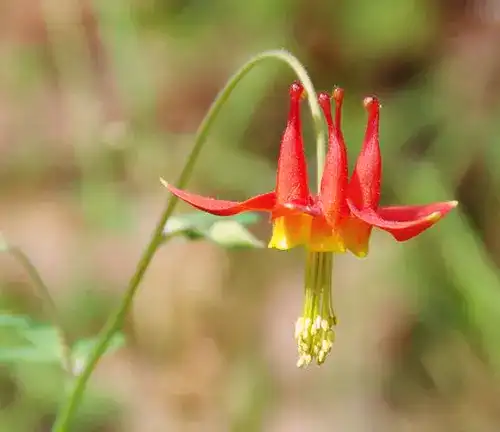
Yellow Columbine
(Aquilegia flavescens)
Found in various parts of North America, including the Rocky Mountains and the Southwest, the Yellow Columbine features bright yellow flowers. It’s a popular choice for xeriscaping due to its drought tolerance.
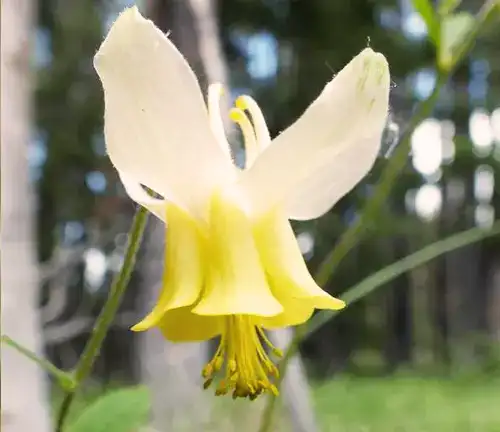
Blue Columbine
(Aquilegia coerulea)
Native to the western United States, the Blue Columbine is renowned for its unique blue and white flowers. It’s a striking and sought-after species, often used in landscaping and gardening.
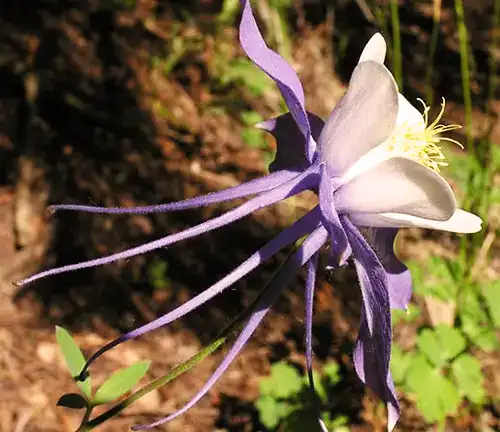
Golden Columbine
(Aquilegia chrysantha)
This species is primarily found in the southwestern United States and is known for its bright yellow flowers. It’s a favorite for its cheerful appearance and the way it attracts pollinators.
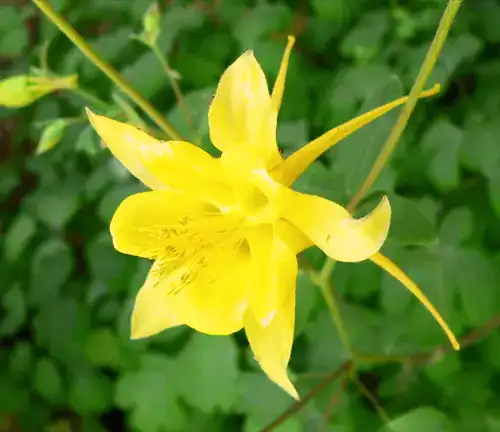
Texas Columbine
(Aquilegia canadensis var. texensis)
A variety of the Eastern Red Columbine, the Texas Columbine is found in the southern United States, including Texas. It typically has smaller flowers compared to its northern counterpart.
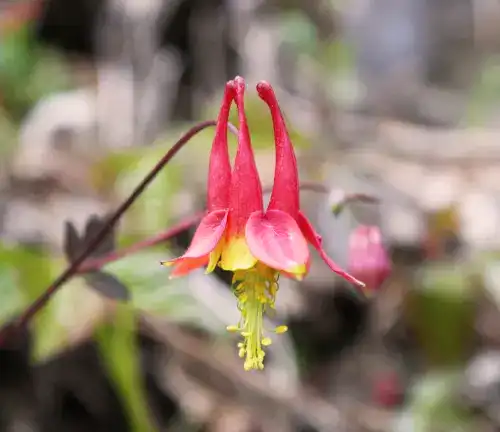
Short-Spurred Columbine
(Aquilegia brevistyla)
Native to the western United States, this species features distinct, short-spurred flowers. It’s adapted to a variety of habitats and is appreciated for its unique appearance.
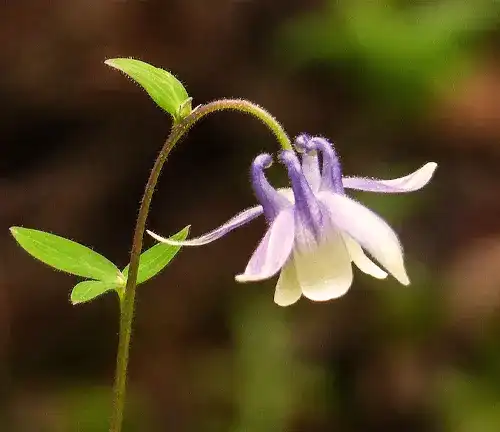
Frequently Asked Questions (FAQs)
1. What is Wild Columbine?
Wild Columbine, scientifically known as Aquilegia canadensis, is a native North American perennial plant known for its distinctive red and yellow bell-shaped flowers.
2. Where is Wild Columbine found in the wild?
Wild Columbine can be found in various habitats throughout North America, including woodlands, meadows, and mountainous regions.
3. Can I grow Wild Columbine in my garden?
Yes, Wild Columbine is a popular choice for gardens and landscaping, and it can be cultivated in many regions. It’s adaptable and can thrive in both partial shade and full sun.
4. What are the soil and sunlight requirements for Wild Columbine?
Wild Columbine prefers well-drained soil and can tolerate slightly acidic to neutral conditions. It can thrive in a range of sunlight conditions, from partial shade to full sun.
5. When does Wild Columbine bloom?
Wild Columbine typically blooms in the spring to early summer, with its vibrant flowers adding a burst of color to the garden.
6. How do I care for Wild Columbine in my garden?
Wild Columbine is relatively low-maintenance. It requires regular watering during its establishment phase but can tolerate drought once established. Deadheading spent flowers can encourage additional blooms.
7. Does Wild Columbine attract pollinators?
Yes, Wild Columbine is known for attracting hummingbirds, bees, and other pollinators due to its nectar-rich flowers. It plays a significant role in supporting local ecosystems.
8. Is Wild Columbine endangered or threatened?
While Wild Columbine is not currently listed as endangered, it can be threatened by habitat loss and overcollection. Conservation efforts are essential to protect this native species.
9. Can I find different varieties of Wild Columbine?
Yes, there are several species and varieties of Wild Columbine, each with its unique characteristics and adaptations. Some have red and yellow flowers, while others may have blue or yellow blossoms.
10. What are the benefits of planting Wild Columbine in my garden?
By planting Wild Columbine, you can enhance the visual appeal of your garden, attract pollinators, and contribute to the conservation of native plant species. Additionally, it can stabilize the soil and prevent erosion in your garden or natural areas.


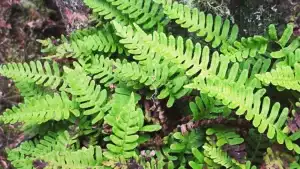


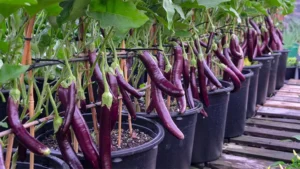


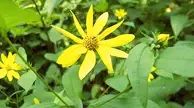
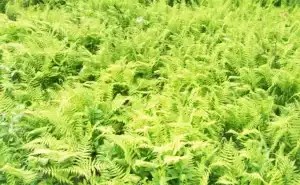
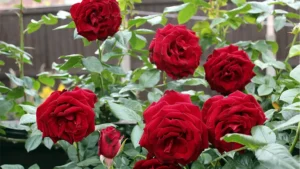



Leave your comment